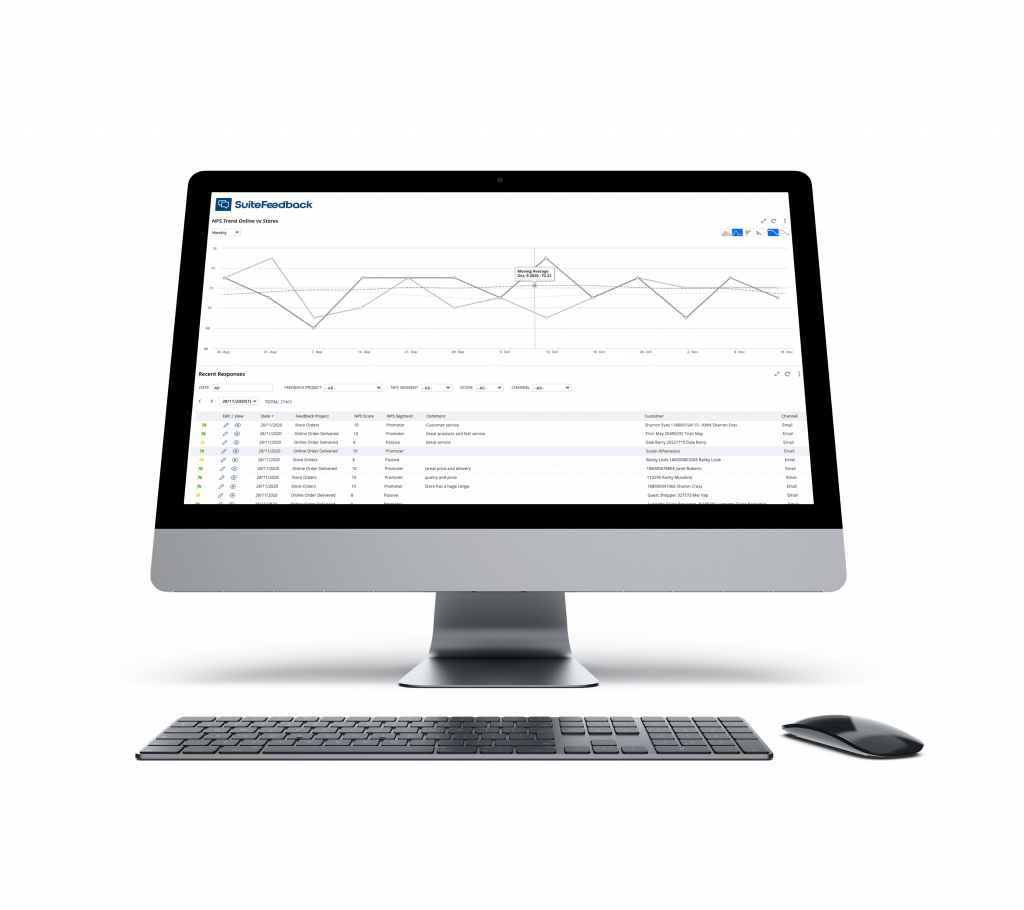By 2020, the customer experience is expected to overtake product and price as the most important brand differentiator. In an age when the internet has created a much more informed user base with higher expectations of what a company can provide, this shouldn’t be too surprising.
It’s no longer enough to just race to the bottom when it comes to price — customers want a modern, personalized experience or they’ll gladly go elsewhere. It’s no wonder 58% of businesses consider the development of a better customer experience their top objective.
There’s no question that all businesses stand to benefit from improving the customer experience. By focusing on the customer, businesses can reduce churn and increase retention. And e-commerce marketplaces and service industries can increase the number of repeat customers, gain customer recommendations, and reduce complaints.
Nearly three-quarters of CEOs understand that their offerings should be more meaningful to consumers. That’s because they know that a personal and positive customer experience builds brand loyalty and encourages people to promote a company, both in the form of positive reviews and word-of-mouth recommendations.
4 Ways to Become the King of the Customer Experience
The best way to exceed customers’ expectations is to first understand customers. But how do companies succeed in a digital age? Here are four ways to find out what your customers truly want and how to follow through so you can meet their needs:
1. Make customers everyone’s first priority.
To provide a truly stellar experience, the entire company needs to make customers the top concern. To best serve them, you need to understand them. Figuring out what they need, what they’re interested in, and why they chose to buy certain things can go a long way toward improving their overall experience.
Each decision your employees make should have the customer at the heart of it. If everyone is working toward customer satisfaction, it resonates throughout the company.
2. Start by asking for customer feedback.
Many customers are willing to give you a lot of useful information if you simply ask for it. And you can collect that feedback on a regular basis with customer satisfaction surveys. You should ask what led them to buy from you rather than your competitors. Gather information about improvements they’d like to see in your current product line and about items they enjoy.
Once you have an idea of who your audience is and what they want, you have your goals essentially set for you. Your only job is figuring out the best way to address what customers have said they want.
3. Put a system in place to organize and analyze feedback.
Once you begin to prioritize feedback, the next step is organizing it all so you can put it to work. The Net Promoter System will allow you to separate positive and negative feedback so you can better see what people like and what could be improved.
You can also organize feedback by product line, demographics, or other criteria that are important to your business. The key is organizing it in such a way that you can put that feedback into action on a regular basis.
4. Stay in touch throughout the buying process and beyond.
One of the best ways to ensure a good experience is to make sure the customer never feels alone. Not only should your website be easy to understand, with calls to action on every page, but it should also be easy for customers to contact you with questions at every stage of the buyer’s journey.
Communication shouldn’t stop once the transaction is over. Send follow-up emails about purchased items, and let customers know the shipping status of their product in real time.
Part of keeping customers happy is making sure they know that behind the website there are people working hard to make sure they get exactly what they want. The human element should never get lost in the technology.
A good chunk of customer satisfaction boils down to the same thing: listening to customers and acting on what they have to say. Services like SuiteFeedback can help NetSuite users do this effectively. To learn more about SuiteFeedback, request a demo today.




